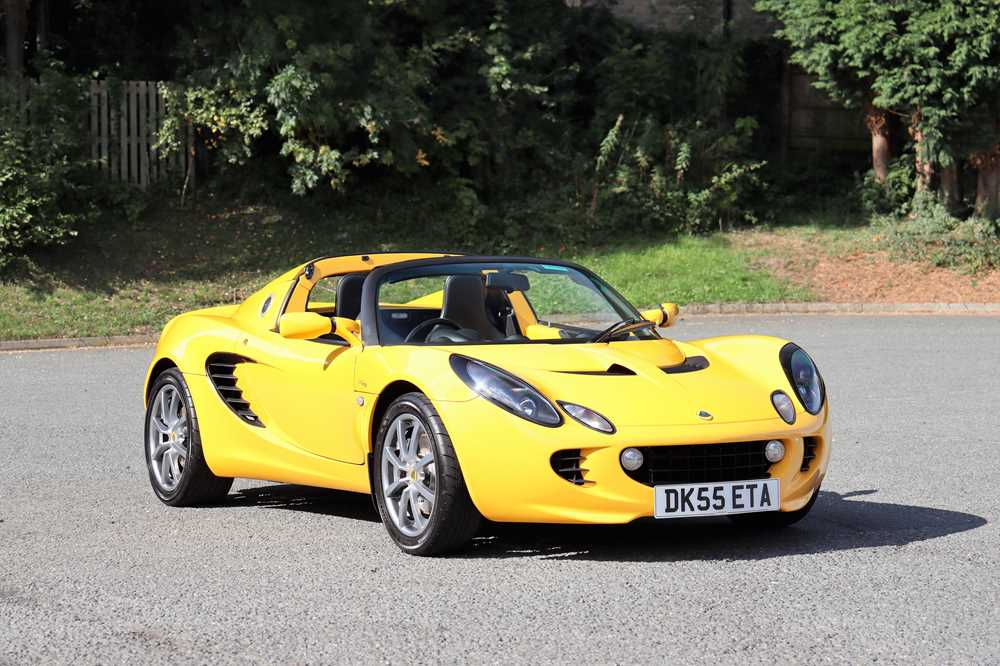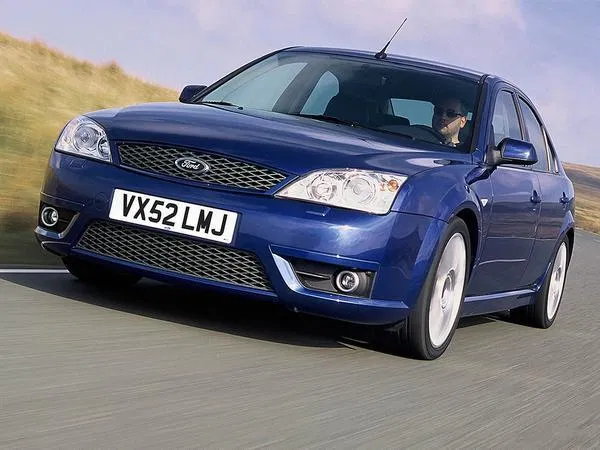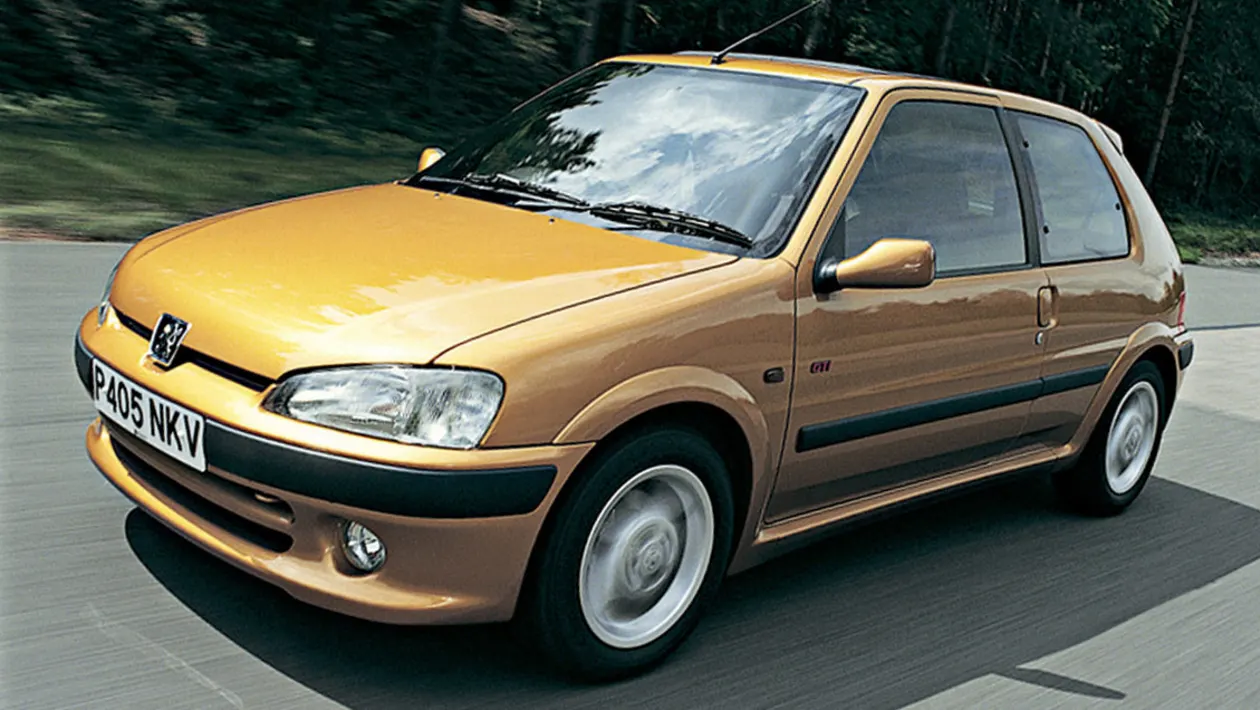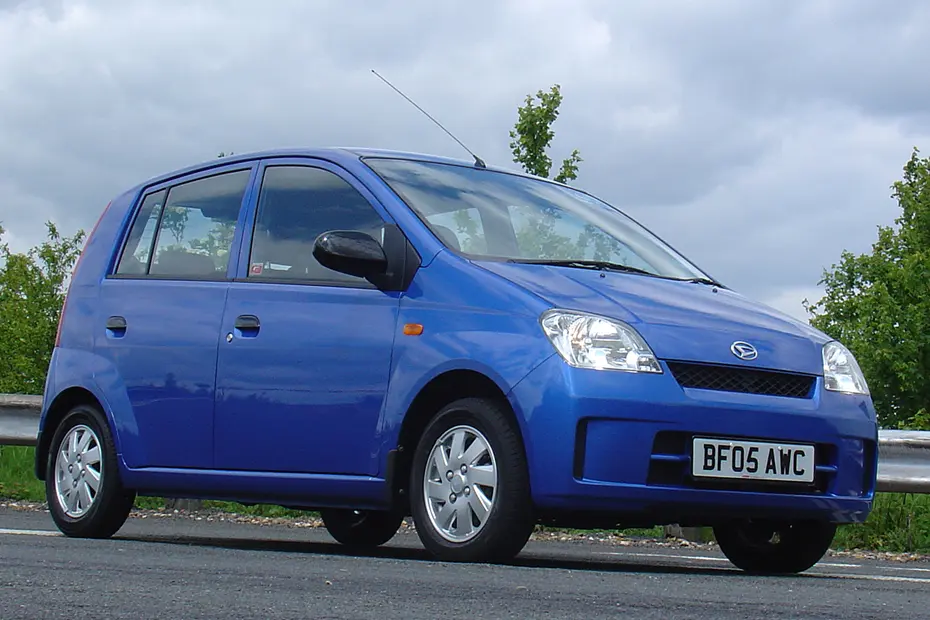Top 10 Overlooked and Underapreciated Cars
There are plenty of cars that have gone done in history for their excellence, either through movies, high sales or generally being well remembered, But there are plenty of cars that don't get enough credit or their legacy is simply forgotten, so here's a list of what I think are the most overlooked and underrated cars that deserve their time in the spotlight and we should start talking about.
As always here are a few cars that didn’t make the cut.
Honourable Mentions
Chevrolet Corvette C5 (1997-2004)- What makes the C5 underappreciated is the cars incredible racing track record, it was the only car that could hold a candle to the Dodge Viper GTS-R in the ALMS (American Le Mans Series) and when manufacturer support was dropped for the Vipers, the Corvette’s became untouchable until the Prodrive Ferrari 550’s came onto the scene. And don’t forget, the base car cost £37,000 which is incredibly good value for money even compared to a Lotus Esprit V8 or Mitsubishi 3000 GT, and don’t be fooled by Clarkson’s US prejudices, it’s a genuinely good sports car that’s only let down by a plastic fantastic interior.Toyota MR2 Mk3 (2000-2006)- What stopped the MR2 MK3 from being fondly remembered was it came sandwiched in between the Mazda MX-5 Mk2 and the Lotus Elise MK2. The MR2 was much more focussed, to the point Toyota didn’t bother fitting a boot, it’s about 80% as good as the Lotus on the track but is better equipped and cost £5000 less. The only problem was the Mazda was cheaper and more user friendly. The hardcore track day fans and enthusiasts bought the Lotus, and the sedate daily commuters bought MX-5’s leaving the Toyota in the dust. But the MR2 is probably the cheapest way to get a good mid-engined sports car, and it is a Toyota after all, so it won’t go wrong.
Rover 75/MG ZT (‘99/‘01-2005)- It’s quite remarkable how, with the limited funds MG Rover had, how they transformed the comfort orientated 75 into the driver focussed ZT. But don’t think the 75 is a poor relation. Say what you will about BMW’s ownership of Rover but the 75 was indeed a good car, it stands out on its own as it’s not really targeted at the same people who’d buy either a Mondeo or a 5-Series. The only rival that comes to mind is the Vauxhall Omega. I think the reason why both have fallen under the radar is perhaps because the 75 in particularly was designed to be like that, comfort over sport, an honourable decision but not a great sales pitch. But I suppose that’s the point, to be different, and stand out from the crowd, if you look at the ownership experience, the 75 and ZT are some of the most satisfying UK cars of the period to own, 2nd only to Jaguar. Hopefully time will be kind to these two, I guess the best way of thinking of the 75, is my first Rolls-Royce and the ZT as a more sophisticated Subaru Impreza Turbo.
Lotus Elise 111R (2004-2008)- With sales slumping, Lotus decided to start selling cars in the USA. So, they ditched the Rover K-Series for the Toyota 1.8 VVT-I engine and gave it some more creature comforts, and thus the best Lotus Elise was born. I know I’ve just been praising the Toyota MR2 for being a more user-friendly Lotus Elise but if you have to have an Elise it has to be one of the Toyota engine models that have all the thrills of the early models but are more refined and less high maintenance. Some may say the 111R was pandering to the US market and not the real deal, but I say ignore the naysayers and sample the best version of the Elise, easier to live with and at the time, the fastest Elise you could buy.
And now on to the list of 10 under appreciated cars that don’t get the credit they deserve.
10. Holden GTS-R (2001-2002)- Consider the period 1999-2001, and the best sports saloon is undoubtedly the BMW M5 E39, nothing gets close as a complete package, except the Holden GTS-R. Sold over here in limited numbers until 2002, the HSV packed the 5.7 litre Corvette engine tuned to 410 BHP, capable of 0-60 in 5.3 seconds and a top speed of 160 MPH, so it certainly outguns the M5 and undercuts it on price whilst also being better equipped and being just as capable of powersliding to your heart's content. In the pantheon of great sports saloons, I think we forgot the Australian brute that was the only saloon until the Audi RS6 came along, that could truly challenge the mighty BMW M5. What’s more, this is the car that would eventually become the Vauxhall Monaro (minus the back doors) one of the best coupes ever made.
9. Jensen Interceptor FF (1966-1971)- This was the first performance car to incorporate 4-wheel drive, long before the Audi Quattro, 14 years to be precise. Now the Interceptor did have flaws, big ones. Jensen’s biggest market was the USA, but the FF was designed for right-hand drive markets as the transfer case and prop shafts protruded into the left side whilst the steering gear and brake servo was on the right, meaning it couldn’t be sold over in the states. That aside, it was a huge leap forward for car design showing a 4-wheel drive drivetrain could be used in a normal car. But it wasn’t just 4-wheel drive that the FF was equipped with, it also had ABS which was very advanced for the time. Whilst it was flawed, the FF is one of the most advanced cars of the period and ever made in England, it walked so the Quattro and company could run.
8. Hyundai Coupe (1996-2002)- A victim of badge snobbery if you ask me. The swooping jelly mold body sets it apart from its more angular rivals, and at £16,995 for the 2.0 SE very good value and considering quite a few coupes from this period didn’t have the best reliability track record, the Hyundai has a lot going for it. I’ll admit the face lift didn’t do the Coupe any favours in the styling department but what you are looking at here folks is the first genuinely good car from South Korea. It’s a car the critics love but the market not so much, if it were made today considering the progress Hyundai has made, it would likely sell like hotcakes.
7. Fiat Panda (2004-2011)- It’s little know that in the 2000’s Fiat were in big trouble financially. Since they dropped the Coupe in 2000, there wasn’t much to recommend from the Fiat range, and consider how many of Fiat’s products are now genuinely endangered: the Seicento, Brava, Bravo & Stilo are some of the fastest disappearing cars on UK roads. So in this haze of an incohesive range comes the Panda, a well-built, good value and stylish little city car, it’s a testament to how right Fiat got this car considering how many are still out there, there’s also the fiery 100HP model that’s essentially the spiritual successor to the Citroen Saxo VTS- UK’s favourite hot hatch once upon a time. Less is more with the Panda and everyone seems to like it, we’ve just forgotten that it and the 500 are what’s kept Fiat and the wider Stellantis group live and kicking for 20 years now.
6. Volvo 850 (1992-1997)- If the Subaru Impreza convinced us Subaru’s were cool then the 850 did the exact same for Volvo. Consider Volvo’s back catalogue consisted of the dreary and shed-like 200, 300, 400, 700 and 900 series saloons, hatches and estates. Then along comes the 850 with its 5-cylinder engine, side impact bars and excellent driving manners. Whilst the styling was still typical Volvo, the mechanicals really set it apart from what had gone before, and if the base 850 isn’t enough, then the 850 T5 and R should do the trick. The T5 and R are genuine icons, thanks to their connection with the police and the BTCC, and yet we’ve forgotten just how much of a radical departure and needed change the 850 range was. Think about all the great modern Volvo’s: C30, C70 Coupe, S60-R, V60 Polestar, they all owe a lot to the 850, it’s the car that turned Volvo’s image around completely, and not many companies can get a good image change like that.
5. SEAT Leon Cupra 20v T (2000-2004)- When we talk about great hot hatches, we talk about the usual suspects from VW, Peugeot, Honda and Ford. But one I think we forgot is the SEAT Leon Cupra. It was for all intents and purposes the car the MK4 Golf should have been. The Cupra was a very quick car, it would do 140 MPH and hit 60 in 7.7 seconds thanks to it’s gutsy 1.8 Turbo 4 cylinder engine used in a variety of VW group products, and it only cost £14,995, a true bargain considering the good levels of standard kit. It’s pity the Cupra became rather forgotten even after becoming Top Gear Magazine’s Best Value Car 2001 beating out the Subaru Impreza & Skoda Octavia to name but two. So next time you talk about great hot hatches, be sure to add the SEAT Leon Cupra to the list.
4. Jeep Cherokee (1984-2001)- Arguably the first civilised 4x4, now you may be thinking the Range Rover was the first, but I’m going to argue the Jeep Cherokee was really the first, because it brought 4x4 motoring to the wider masses, not only through good value, on road dynamics and the use of a chassis bolted to the body rather than a separate system, hence why it drove so much better than it’s rivals, but that’s also thanks to the gutsy 4 litre straight 6 that could power it 60 in just 9 seconds, making mincemeat of the V8 Land Rover Discovery. If there were any problems it was that the engines were thirsty, as is typical with US cars, and owners found them expensive to run, but then again Chrysler dealers (who dealt with Jeeps in the UK) were great at looking after them. The Jeep Cherokee brought 4x4’s out of the mud and into the towns by being the better alternative to Land Rovers that still can’t shake that mud plugger image. Truthfully the best 4x4’s are Toyota’s, but you already knew that didn’t you?
3. Jaguar XJ (’94-‘02/’03-‘10/’11-‘19)- What makes the Jaguar XJ overlooked is the fact people still flock to Audi, BMW & Mercedes in their thousands with their products easily outselling the comparable Jaguar. Why? Well, I think its image, whilst Merc’s do have that old golfer image Jaguar have, it only applies to the E & S Class, quite a lot of women buy Mercs and Audi’s, wannabe Sigma males mainly buy BMW’s. The point being that Jaguar’s in general aren’t overlooked because people don’t know how good they are, it’s because people don’t buy them. It’s a pity the XJ is no longer with us because it was always an excellent car, maybe not as technically advanced as a 7-Series or S-Class but nowhere near as overpowered as the AMG S-Class’s and more visually appealing than both the Audi A8 and 7-Series, and when you take value and customer service into account, you wonder why more people didn’t buy XJ’s, at one point you could get a 3.2 V8 XJ for the same priced as a 2.8 6-cylinder Audi or BMW, now that is good value. But across the range from the fantastic diesels to the supercharged XJR is a car that fulfils the Jaguar motto to a T: grace, space & pace. If I could put one car back into production, it would be this one.
2. Honda FCX Clarity (2008-2014)- I think the Toyota Prius got way too much credit and attention back in the 2000s. It wasn’t the first hybrid car to go on sale, it was just the first to catch on because it was fundamentally a normal car unlike the Honda Insight which was a coupe. But the FCX is a fairly conventional 4-door hatch come saloon, the main difference is the hydrogen fuel cell. Now Honda had come up with a hydrogen concept prior to the FCX Clarity and BMW, Mercedes and GM had also made working concepts like the GM HYWire. Environmentally, a hydrogen fuel cell is better than a hybrid engine because the only byproduct of a fuel cell is water. Sadly, because the hydrogen infrastructure is so far behind and because of its relative obscurity, only those in the know actually know about this car and just how revolutionary and clever it really is.
1. Ford Mondeo ST220 (2002-2006)- in 2005 the Aston Martin DB9 outsold the Mondeo ST220 and that sums it up really. A 6 figure GT outsold a 20k junior sports saloon. The ST220 really is a well-rounded package, a 223 BHP 3 litre V6 (that served as the basis for the engines in various Nobles and Aston Martins) along with a nice interior and well sorted chassis, it’s the perfect step up from your hatchback. Sadly, in today’s world where more premium marks are obtainable, the Ford badge and the Mondeo body just don’t sell, it hasn’t been sold since 2019 and the ST220 was axed when the Mk3 Mondeo went on sale in 2006. The Mondeo ST220 really sums up the overlooked car, a car that is objectively great but is overlooked in favour of something else (in this case the BMW 3-Series) and now floats under the radar only really appreciated by those in the know.

















Comments
Post a Comment